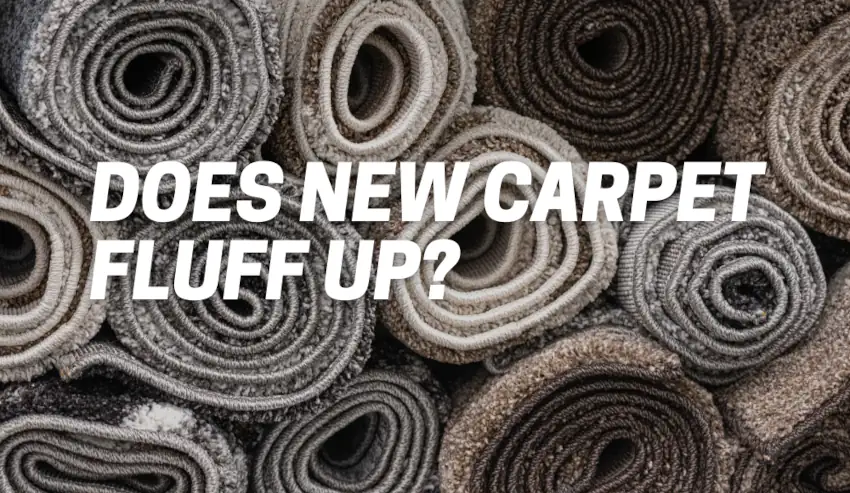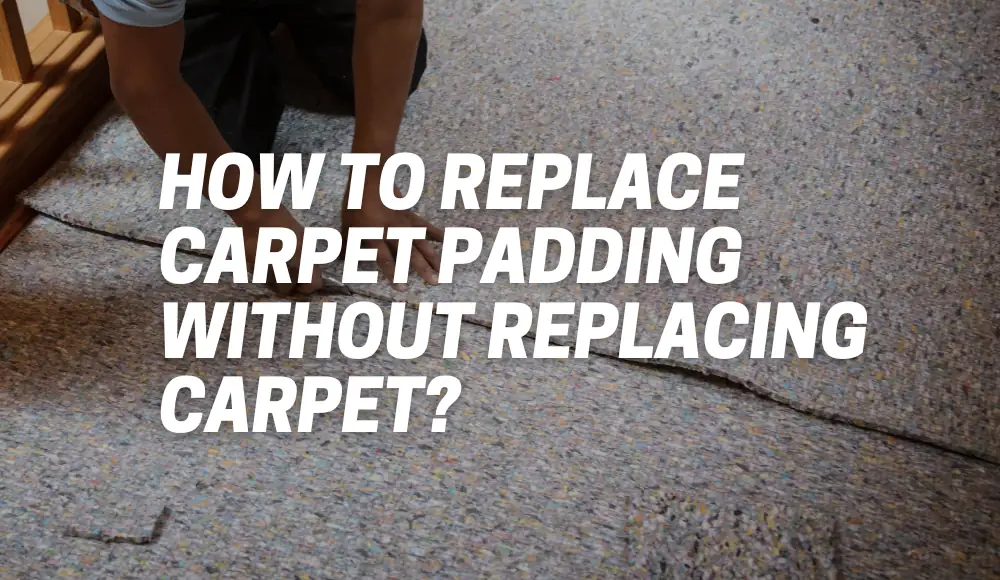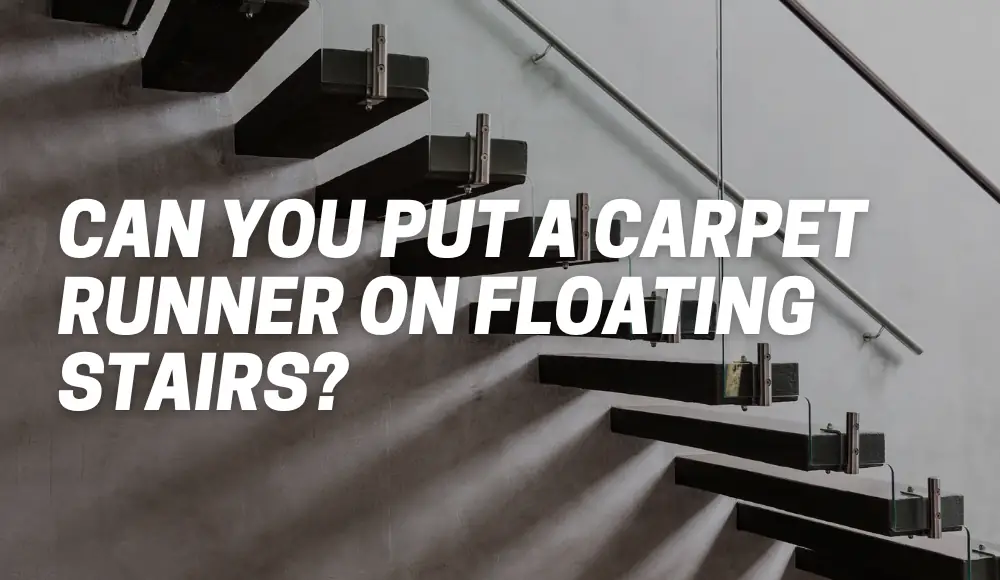Last updated on November 2nd, 2023 at 01:01 am
Are you considering getting a new carpet for your home? One of the questions that may be on your mind is whether a new carpet tends to fluff up over time.
In this blog post, we’ll delve into the topic and provide you with helpful insights about the shedding and fluffing characteristics of new carpet. We’ll also share tips on how to deal with shedding and keep your carpet looking its best. So, let’s dive in!
Is New Carpet Shedding Normal?
When you first install a new carpet, it’s not uncommon to notice some shedding.
Shedding refers to the release of loose fibers from the carpet surface. This shedding is a normal part of the manufacturing process and doesn’t necessarily indicate a defect in the carpet itself.
Just like a new sweater might shed some fibers initially, a new carpet does the same.
The shedding is often more noticeable in carpets with longer and denser piles, such as plush or shag carpets. These types of carpets tend to have more fibers that can loosen and become dislodged during the early stages of use.
However, even shorter pile carpets can exhibit some shedding.
It’s important to understand that shedding doesn’t mean your carpet is of poor quality. In fact, it’s a sign that the carpet is made of resilient and durable fibers. As the shedding decreases over time, your carpet will continue to provide a soft and comfortable surface for your home.
Does New Carpet Fluff Up Over Time?
Yes, new carpet can fluff up over time, but it’s not the same as shedding. Fluffing refers to the carpet fibers becoming more upright and standing tall, giving the carpet a fuller and softer appearance.
This fluffing process occurs as the carpet settles and adjusts to the weight and traffic it experiences.
Imagine a freshly made bed where the pillows are puffy and the sheets are smooth. As you use the bed, the pillows may flatten slightly, and the sheets may wrinkle. Similarly, a new carpet initially may appear more compacted and less fluffy, but with time and use, it will regain its plushness.
Fluffing is a positive characteristic of new carpets and is usually desired by homeowners. It not only enhances the aesthetic appeal but also improves the cushioning and comfort underfoot.
So, don’t worry if your new carpet seems a bit flat at first – it will fluff up and become cozier over time.
How Long Before a New Carpet Stops Shedding?
The duration of shedding can vary depending on several factors, including the type of carpet, its construction, and the level of foot traffic it receives.
On average, you can expect the shedding to gradually decrease over the course of several weeks to a few months.
During this initial shedding phase, it’s essential to provide proper care and maintenance to help minimize the shedding.
Regular vacuuming, using a vacuum cleaner with a beater bar or rotating brush specifically designed for carpets, can help remove loose fibers and prevent them from accumulating on the surface.
It’s worth noting that the shedding might be more noticeable in the beginning, but it will gradually subside as the loose fibers are removed through regular vacuuming and normal use.
If you have concerns about excessive shedding, it’s always a good idea to consult with the manufacturer or your carpet installer for specific guidance.
How Do You Get Fluff Out of New Carpet?
While shedding is a temporary phase that diminishes over time, fluffing is an ongoing characteristic of a new carpet that adds to its visual appeal and comfort.
However, it’s common for some loose fibers to accumulate on the surface, especially during the fluffing process.
Here are a few tips to help you keep your carpet looking its best:
- Regular Vacuuming: Vacuum your new carpet at least once a week, or more frequently in high-traffic areas. This will remove any loose dirt, debris, and loose fibers that may have accumulated.
- Use a Beater Bar or Rotating Brush: If your vacuum cleaner has a beater bar or rotating brush feature, use it when vacuuming the carpet. This helps to agitate the fibers and lift them, contributing to the fluffing process.
- Spot Cleaning: Address spills and stains promptly to prevent them from setting into the carpet fibers. Blot the affected area with a clean cloth or paper towel, working from the outside in to avoid spreading the stain.
- Professional Cleaning: Consider scheduling professional carpet cleaning at least once a year to deep clean your carpet and remove any embedded dirt or allergens. Professional cleaning can also help revive the fluffiness of your carpet.
Remember, each carpet is unique, and the specific care instructions provided by the manufacturer should be followed to ensure the longevity and appearance of your carpet.
To summarize, shedding is a normal occurrence with new carpet and gradually decreases over time. Fluffing, on the other hand, is a positive attribute that enhances the visual appeal and comfort of your carpet.
By implementing proper maintenance practices, such as regular vacuuming and prompt spot cleaning, you can keep your new carpet looking fresh and fluffy for years to come.
Useful Tips for Maintaining New Carpet:
- Vacuum your carpet regularly, especially in high-traffic areas.
- Use a vacuum cleaner with a beater bar or rotating brush for better fluffing.
- Address spills and stains promptly to prevent them from becoming permanent.
- Consider professional carpet cleaning at least once a year to maintain freshness.
- Follow the manufacturer’s care instructions for your specific carpet type.
Conclusion
Remember, a well-maintained carpet not only enhances the beauty of your home but also provides a cozy and inviting atmosphere.
So, embrace the shedding and enjoy the fluffing as your new carpet settles into its role of adding comfort and style to your living space.


